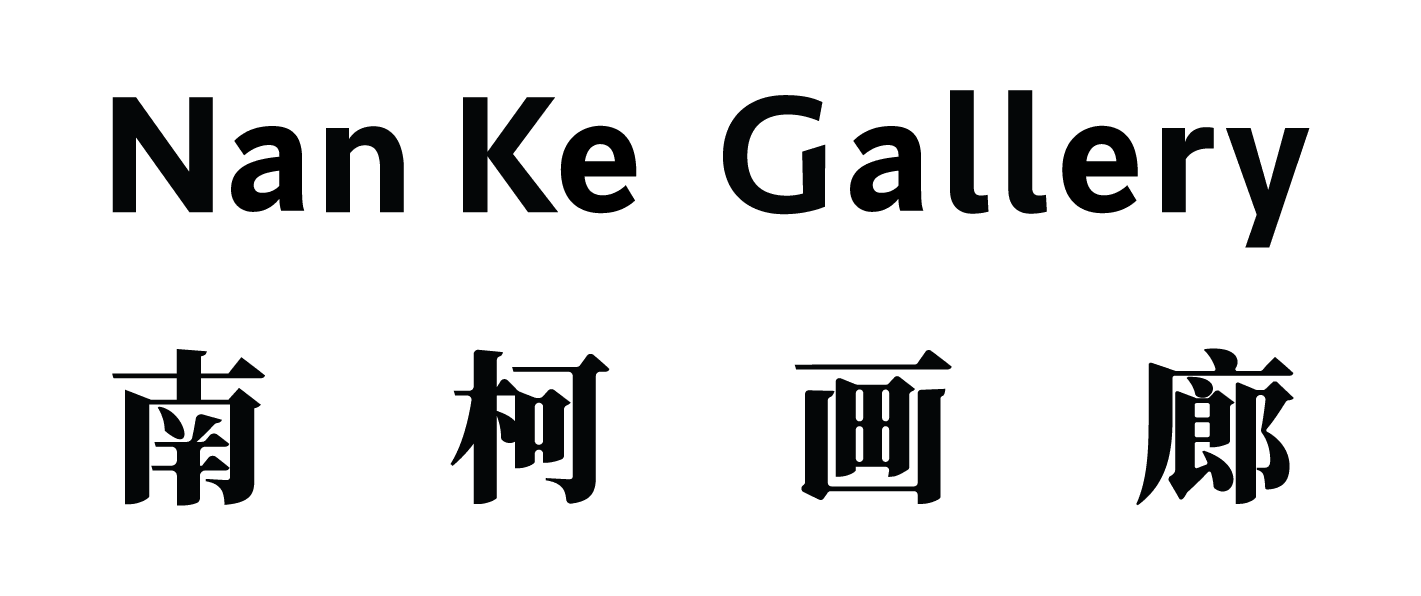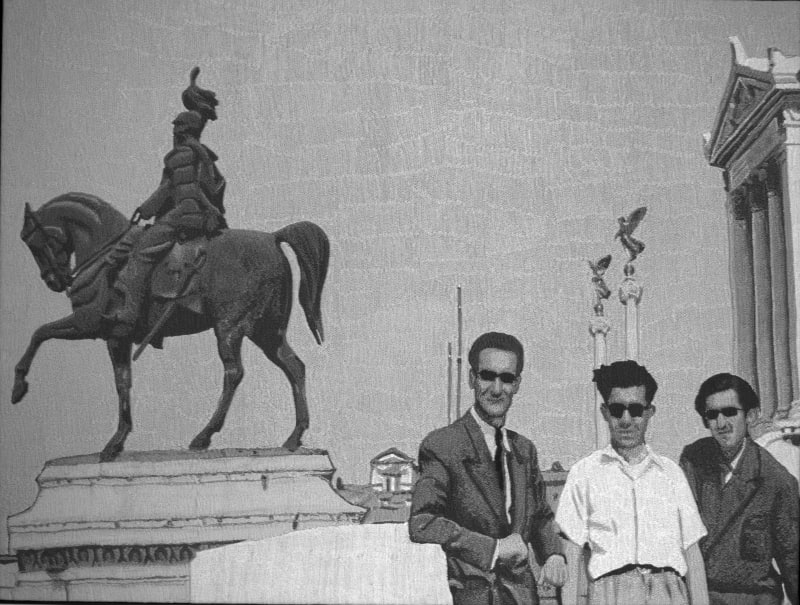

"Living is no laughing matter:
you must live with great seriousness
like a squirrel, for example—
I mean without looking for something beyond and above living,
I mean living must be your whole occupation."
—Nazım Hikmet, On Living
"We are always mending time,
while time has already carried our memories away
to another river."
—Ahmet Hamdi Tanpınar, The Time Regulation Institute
On April 26th, Nan Ke Gallery is pleased to present For the Lives We Couldn't Hold On To, a solo exhibition by Mustafa Boğa. Living and working between London and his hometown Adana, Mustafa's work is deeply rooted in memory, heritage and the emotional landscape that shapes the human experience
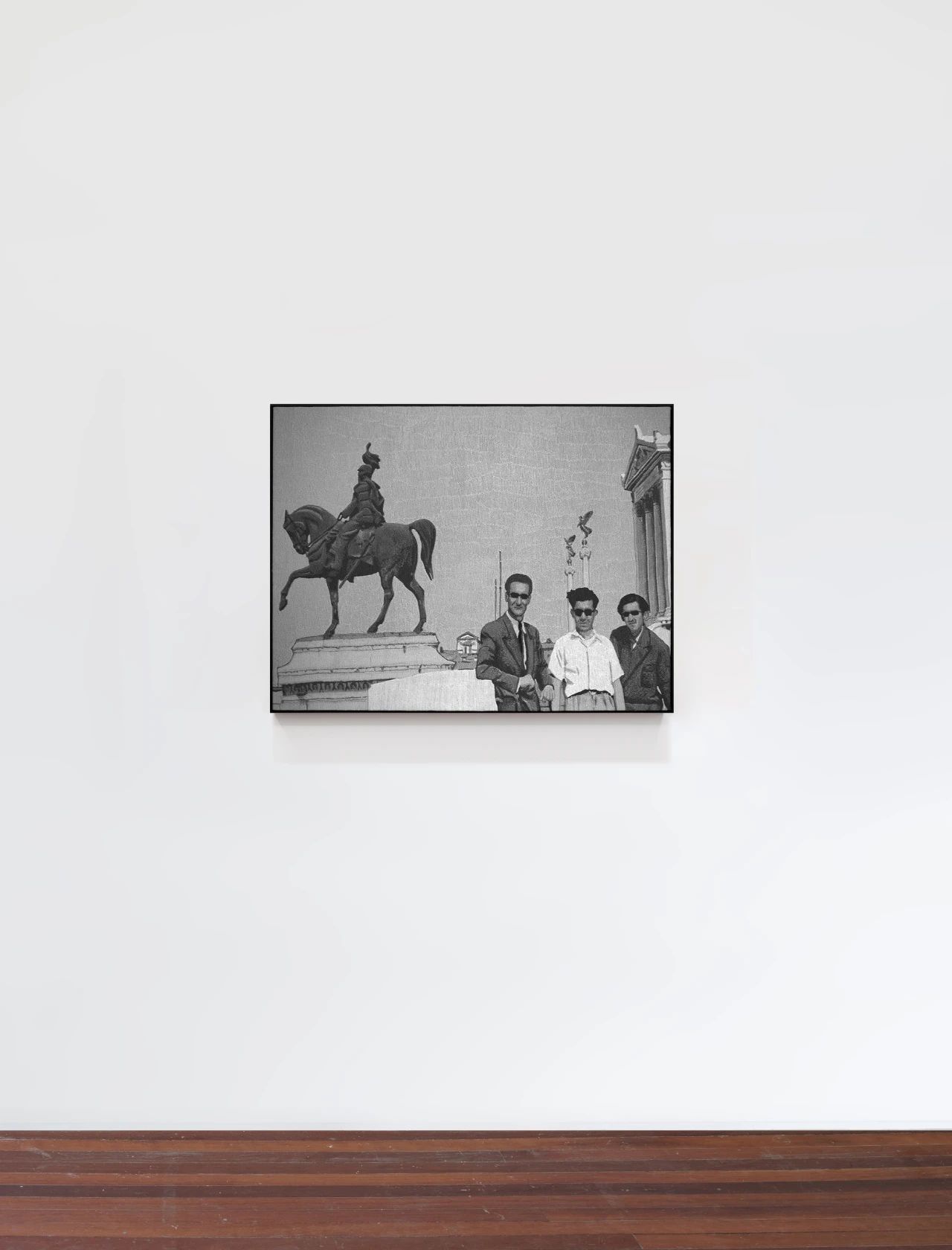
Mustafa Boğa
Friends on Holiday, 2025
Textile, free hand machine embroidery
69h x 91w cm
© Courtesy of the artist
History has never been merely the linear narration of major events. Its integrity lies in the accumulation of countless parallel shards of individual experience. Even the seemingly trivial moments of the present—those fragments we let slip by unnoticed—become, in time, a kind of evidence. In this light, the archival value of everyday materials gleams with renewed significance. With the advent of photography, memory, emotion, and personal testimony no longer remain entombed in sterile prose or the rigidity of official documents. For artist Mustafa, the very act of living becomes a form of witnessing. Our lived traces—our subtle joys, sorrows, and rituals—hold a weight no less profound than the histories shaped by the hands of statesmen.
With thread and needle, Mustafa stitches into being the fleeting moments of ordinary lives and the enduring contours of his own family memory. His upbringing in southern Turkey continues to nourish his practice, offering both a geographic and emotional ground from which his works grow. Through embroidery and the tactility of everyday archival matter, Mustafa charts a dense cartography of personal and collective history—intertwined and in constant negotiation. His art, centered on rituals and narratives that define his cultural identity, interrogates the very processes by which subjective memory is preserved, distorted, and reimagined over time.

Mustafa Boğa
In the lake, 2025
Textile, free hand machine embroidery
88h x 110w cm
© Courtesy of the artist
The works in this exhibition unfold in three chapters. The first, a series of monochrome embroideries, reflects history in a quiet and tender register. These pieces root themselves in the ephemeral textures of the everyday, elevating personal minutiae into vessels of collective affect. They summon an emotional topography from within the anonymous details of life. In In the Lake, which opens the exhibition, a pair of submerged legs—drawn from a family album—evokes a powerful, unspoken sentiment. No face is shown, and yet the emotional clarity is piercing. Another work Rider connects the image to the viewer's memory through a daily narrative, where we cannot capture every frame of life, but in a way, they will eventually become part of the group's subconscious.Mustafa’s sensitivity to imagery and atmosphere perhaps owes something to his background in journalism and cinema, where the mechanics of storytelling are always filtered through a documentarian’s gaze. And yet, through embroidery—this most intimate of mediums—he overlays that objectivity with a romantic, subject-driven aura.
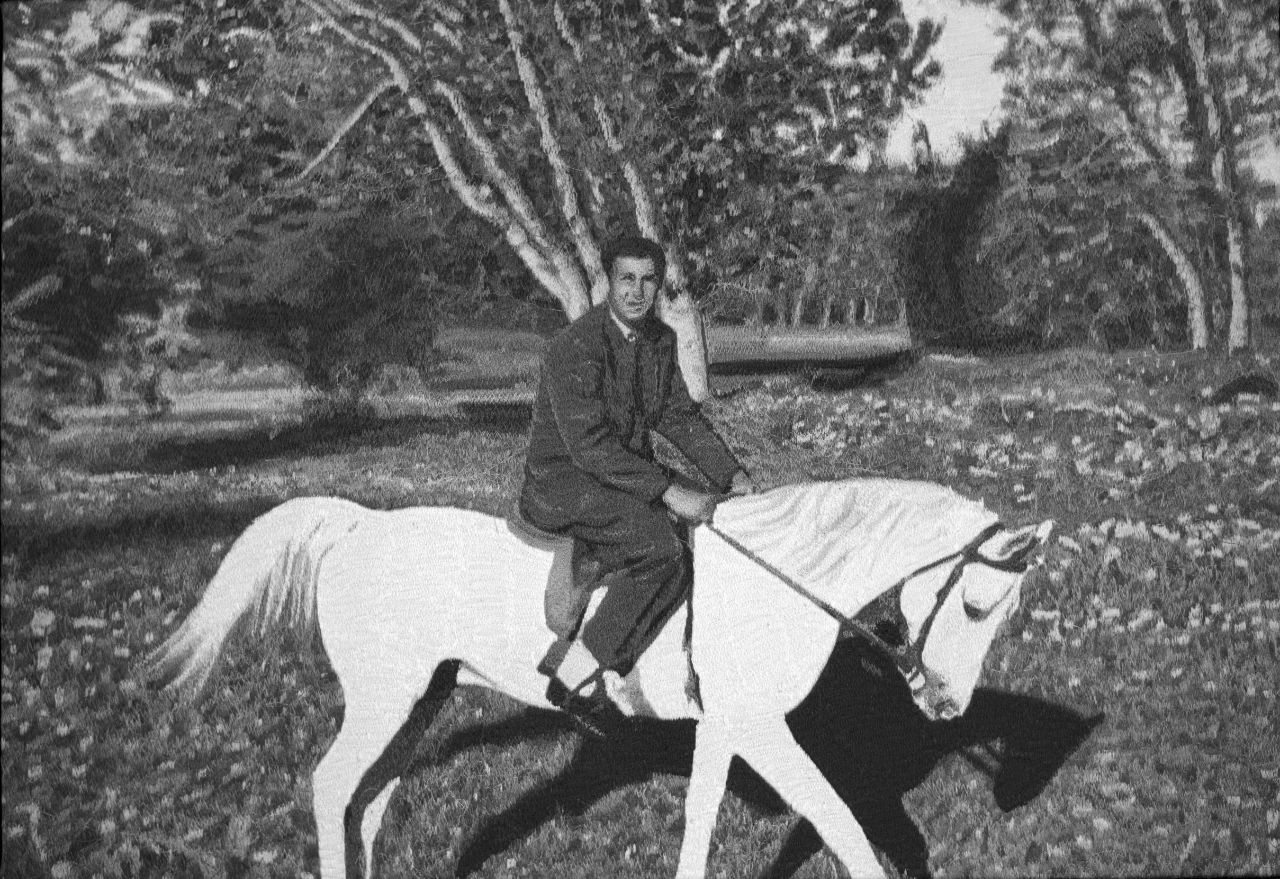
Mustafa Boğa
Rider, 2025
Textile, free hand machine embroidery
53h x 76w cm
© Courtesy of the artist
The Orange Tree series, presented in the exhibition’s second chapter, unfolds as a rich metaphor for time and identity. In the Adana region, the orange tree is more than agriculture—it is inheritance, landscape, and identity, intertwined. Its roots, both literal and symbolic, stretch through Mustafa’s work, echoing his ongoing exploration of memory, transmission, and belonging. The cyclical life of the tree—its blossoms, fruiting, and harvest—mirrors the passage of time, the growth of the self, and the quiet persistence of cultural identity through generations. The orange tree, in its presence, becomes a point of convergence between public and private life: in Adana, every family story is braided with the rhythms of this land. Through this symbol, we are invited to reflect on the endurance of identity, the motion of generational time, and the landscapes that hold our memory.
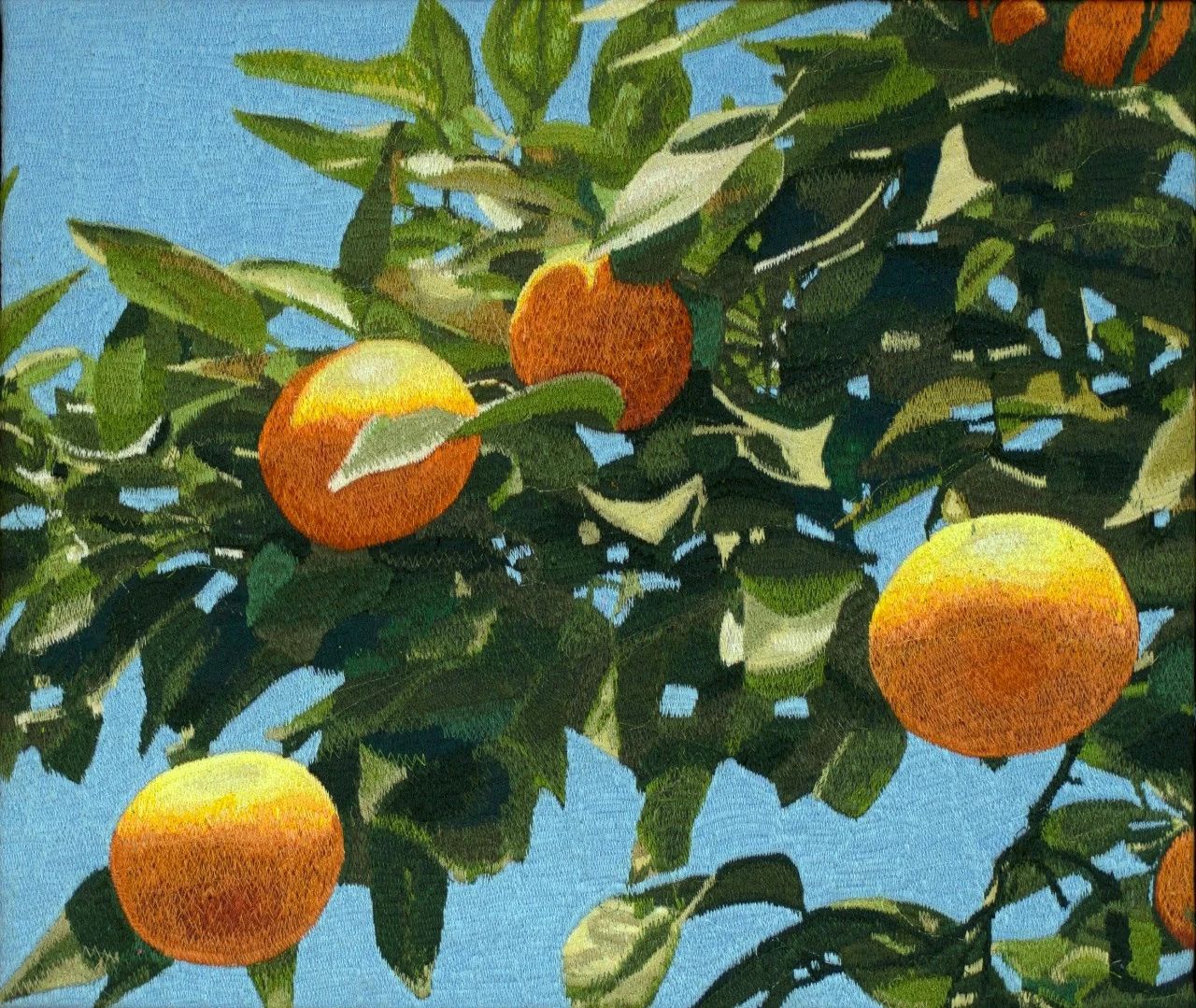
Mustafa Boğa
Orange Tree 11, 2025
Textile, free hand machine embroidery
43h x 51w cm
© Courtesy of the artist
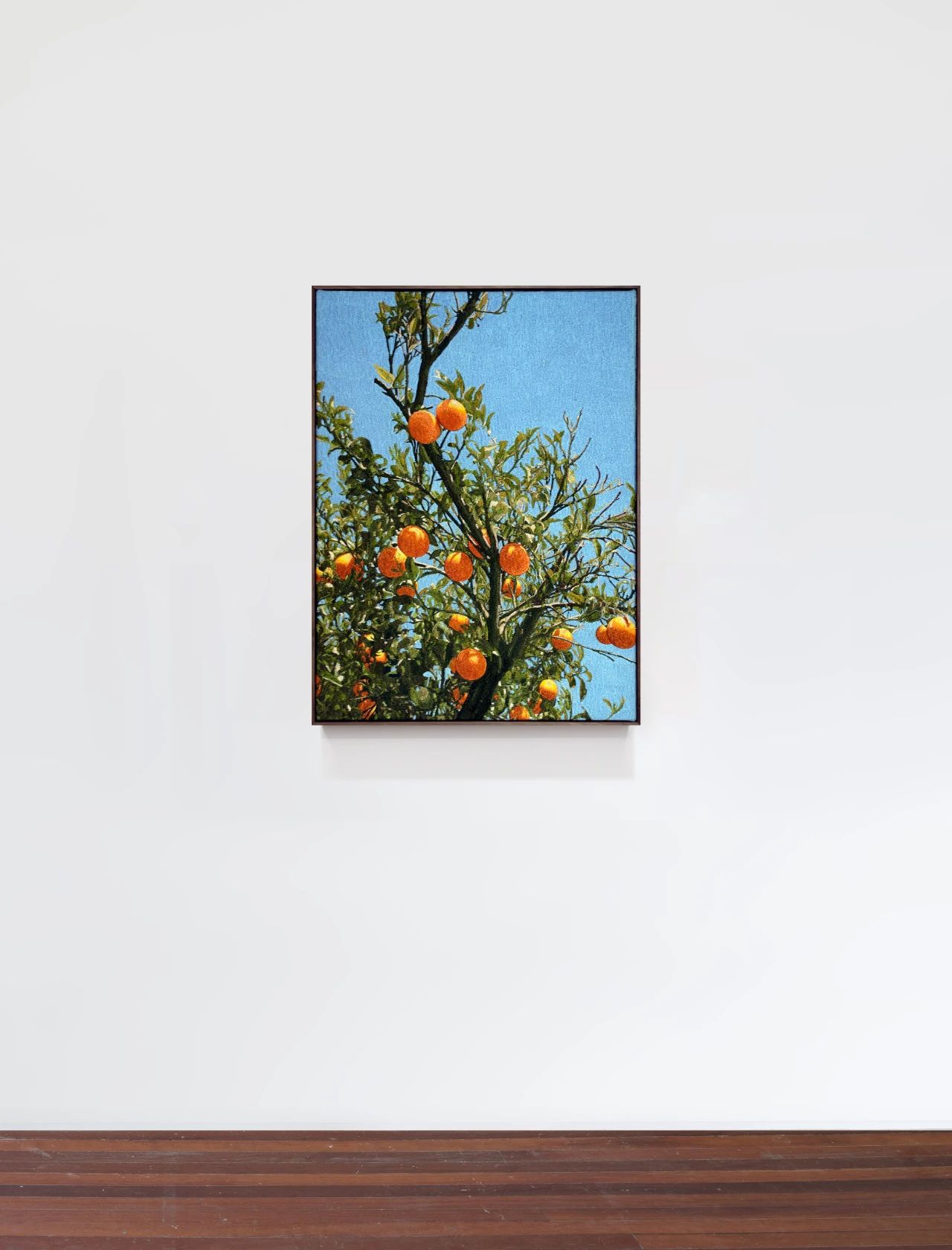
Mustafa Boğa
Orange Tree 12, 2025
Textile, free hand machine embroidery
72h x 54w cm
© Courtesy of the artist
In the immersive video installation Because Ours Could be the Beginning of a Beautiful Fairy Tale Dreamed of for Years, Mustafa continues his excavation of personal history and cultural specificity. Set within a dreamlike space, the work collapses decades of time and geography into a suspended now. Filmed across Adana, Mersin and Hatay (aka Çukurova region), the footage is drawn from the wedding rituals of Mustafa’s extended family, spanning over thirty years. As both participant and chronicler, he reclaims and reconstructs these archives, transforming them into a hybrid testimony—intimate, historical, and shared. The artist isolates key ritualistic gestures—welcoming the bride, dancing, the exchange of gifts—and distills them into performative fragments. Across a seven-screen arrangement, these gestures are reconfigured into an almost-animated choreography, rendering visible the lifelines of Mustafa’s kin and community.
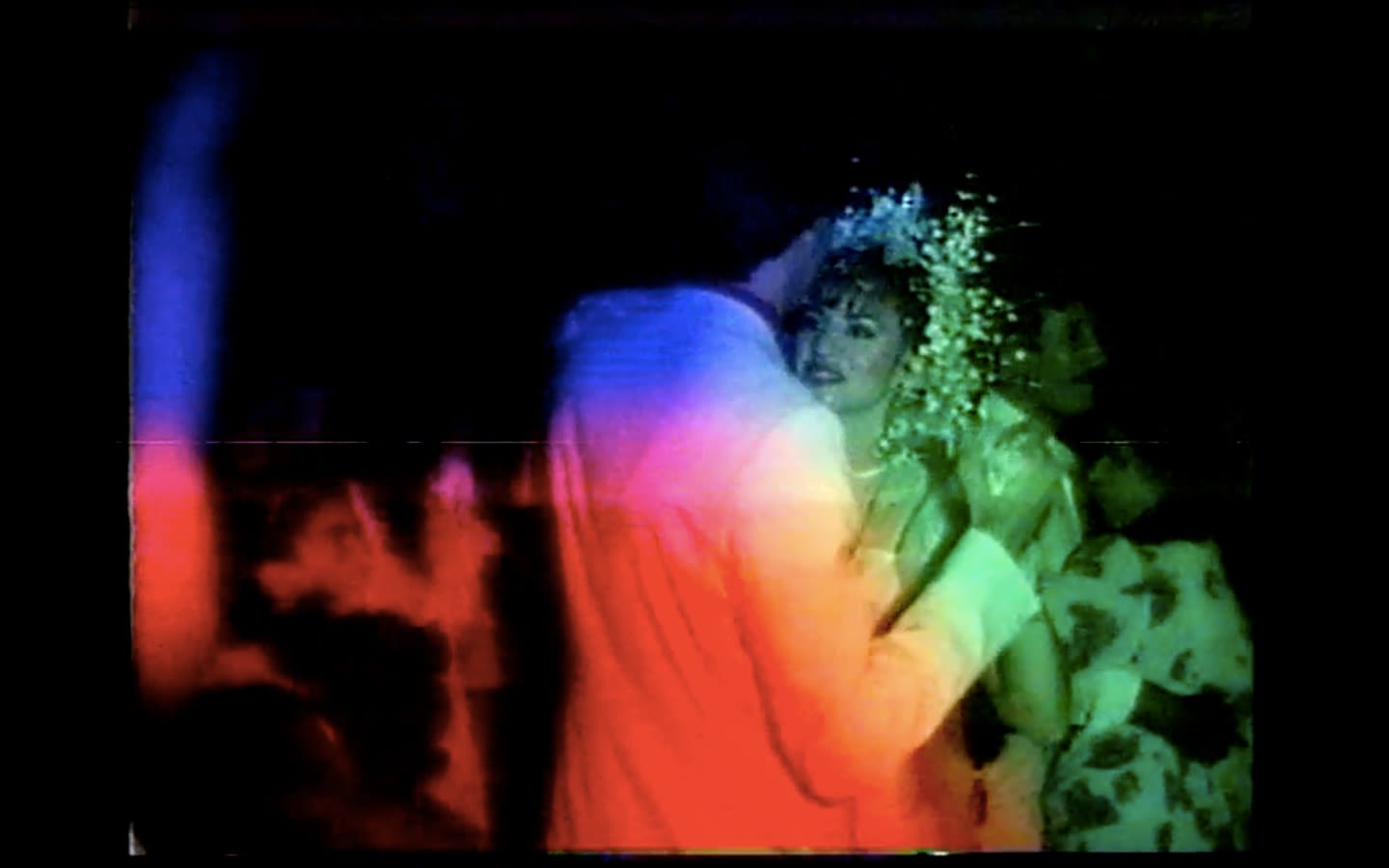
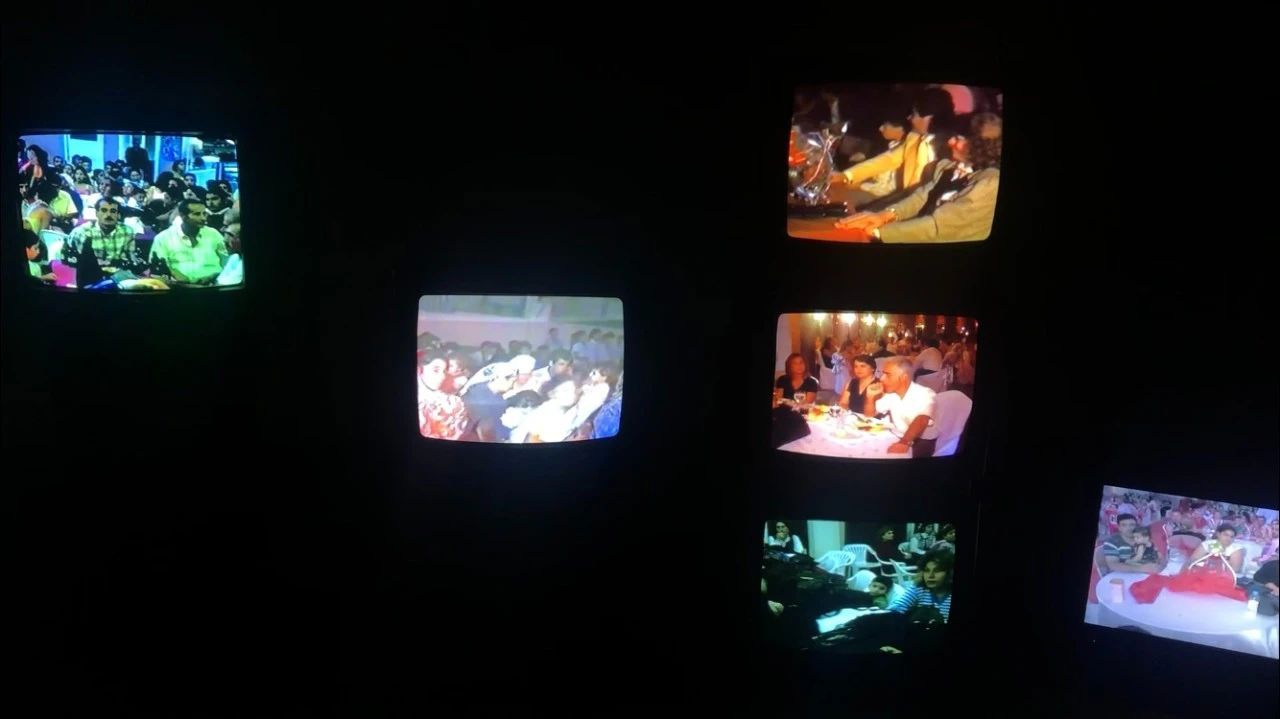
Mustafa Boğa
Because Ours Could be the Beginning of a Beautiful Fairy Tale Dreamed of for Years, 2021
15 Channel Video Installation, 35''
© Courtesy of the artist
Time has been likened by poets to sand—shifting, slipping, ungraspable. And perhaps we, too, are no more than singular grains within its vast desert. The evidence of our existence may be remembered or erased, archived or lost. But through his practice, Mustafa crystallizes the lives of “ordinary people” into form, into presence, into permanence. He folds them into the cultural and artistic record. In his hands, even a grain of sand becomes eternal.
Text by Otto Neu
